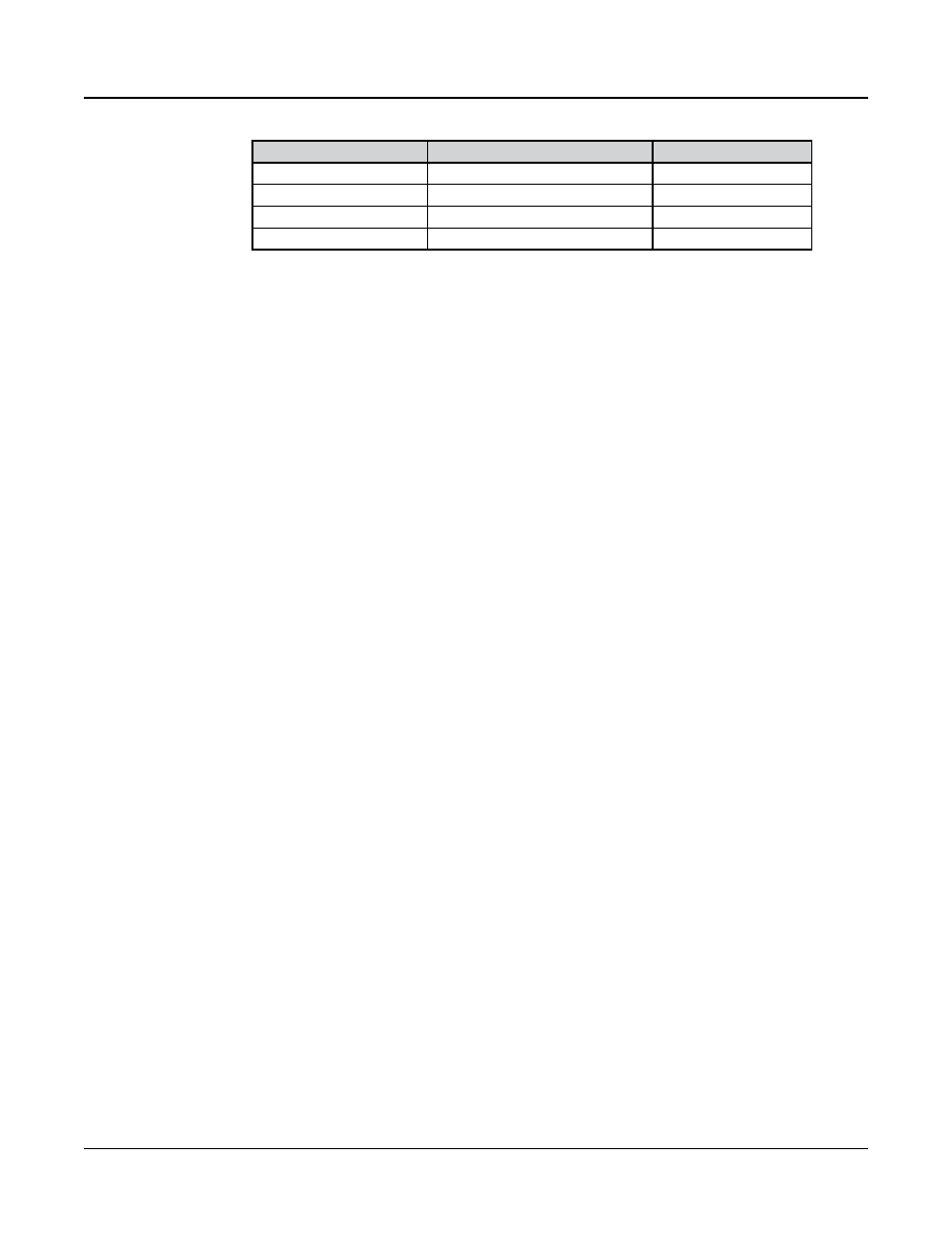Out pan, and out pan mode, Globals, Out pan, and out pan mode -22 globals -22 – Kurzweil Forte User Manual
Page 119

Program Edit Mode
The COMMON Page
7-22
Parameter
Range Of Values
Default Value
Out Pan
-64 to +64
0
Out Pan Mode
+Midi, Fixed
+Midi
Global
On, Off
On
Demo Song
Demo Song list
0 None
Out Pan, and Out Pan Mode
The Out Pan and Out Pan Mode parameters allow you to adjust the panning of the programs
post-FX signal. Use the OutPan parameter to pan the signal; negative values pan the audio
signal to the left channel, positive values to the right, and a value of zero pans to the center.
When the OPanMode is set to Fixed the pan position remains as defined with the OutPan
parameter, ignoring MIDI pan messages. When the OPanMode is set to +MIDI, MIDI pan
messages (MIDI 10) will shift the sound to the left or right of the Pan parameter setting.
Message values below 64 shift it left, while those above 64 shift it right.
Globals
This parameter affects the control sources LFO2, ASR2, FUN2 and FUN4.
When the Globals parameter is set to Off, these control sources are local; they affect each
note individually in the layers that use them as a control source. They begin operating for
each note each time a note in that layer is triggered, and are not affected by other notes.
When the Globals parameter is set to On, these control sources become global, which means
they affect every note in every layer of the current program, they’re not specific to any one
layer. When these control sources are global, they begin operating as soon as the program is
selected. When Globals are on, LFO2, ASR2, and FUNs 2 and 4 will appear on the LFO+
page preceded by the letter G to indicate that they’re global.
Local control sources are useful for affecting parameters independently for each note in a
layer. Local control sources have the advantage of having a separate copy re-triggered for each
note. Their disadvantage is that their parameters must be set separately for each layer if you
wish to affect multiple layers.
Global control sources are useful for affecting many parameters in a program uniformly,
because they share the same settings on all layers. Their disadvantage is that a separate copy
in not re-triggered for each note.
You’ll use global control sources when you want to affect all notes in a program uniformly,
and local control sources when you want to affect each note independently. For example,
a global LFO is useful for controlling amplitude to create a tremolo effect, if you want the
effect applied uniformly to all the notes you play. A local ASR is useful for controlling the
frequency of a filter sweep, if you want the filter sweep to be independent for each note.